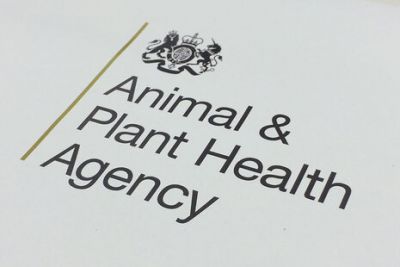
Posted By:
We have all been out doing AHWP visits recently. These provide funding for vet time on farm.
On one farm the funding paid for the annual BVD youngstock screen. Whilst the bloods were being taken further samples were sent away for trace element testing. The farm has very good fertility in the dairy herd with a submission rate of 71% (NMR 2022 average 41%), a conception rate of 46 (NMR 2022 average 38%) and a pregnancy rate of 32% (NMR 2022 average 16%). They had however been disappointed with the heifer conception rates. Trace element sampling revealed that the heifers were low in Selenium. These heifers will now receive a bolus which will last 180 days, this will be given to heifers before service and 3 months pre-calving as selenium deficiency can cause an increase in retained foetal membranes and weak/stillborn calves.
On another farm the funding paid for a bulk milk BVD PCR test. The calf management was looked and the farm was benchmarked against 60 other producers. Comparisons included; calving pen use and cleaning out frequency, colostrum storage and feeding, milk feeding policy and effected growth rates from this, temperature and environment, frequency of cleaning out calf pens, disbudding policy and cleaning of colostrum feeding and collection equipment. By benchmarking you can easily see where your management policy may be different to other farms and how this may influence growth rates or infectious disease on your farm.
Other topics covered under the AHWP on farms have included lameness, A.I refresher training and infectious disease.
Call us to talk in more detail.
Whilst on my visits I have been having several discussions...
As our feline friends get older there are a few conditions...
Another winter discussion group season is now behind...
©2024 Shepton Veterinary Group Ltd., All rights reserved.
Privacy Policy • Terms & Conditions • Cookie Policy